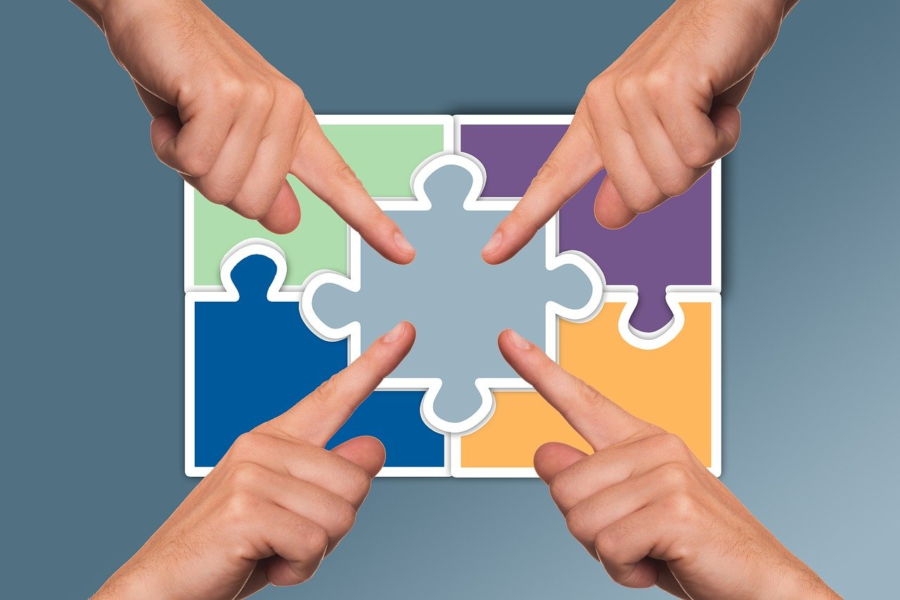Boomspace.ai (The Ingenesist Project) presents an innovative approach to converting intangible assets into more tangible forms by leveraging game theory, blockchain technology, and artificial intelligence. This solution addresses a critical challenge in modern business: the valuation and utilization of intangible assets, which often constitute a significant portion of a company’s value but are difficult to quantify and leverage.
The proposed system operates on a three-part framework: Observe, Measure, and Predict.
Observe
In the Observation phase, a game-based system of claims and validations among players creates a dynamic environment for identifying and assessing intangible assets. Players are awarded digital tokens for producing a node in the network. This gamification approach encourages participation and helps surface hidden value within organizations.
Measure
The Measurement phase utilizes blockchain technology as a robust datalogger, capturing time-value data of game transactions forming the edges of the graph. This immutable record provides a transparent and verifiable history of interactions, creating a foundation for valuing intangible assets based on their use and recognition within the system.
Predict
In the Prediction phase, a Percentile Search Engine employs artificial intelligence to analyze the recorded data and predict the likelihood of various player combinations producing novel outcomes. This predictive capability adds a forward-looking dimension to asset valuation, potentially uncovering future value that traditional methods might overlook.
Repeat
The synergy of these three components creates a virtuous circle, continuously refining the valuation and understanding of intangible assets. By providing a structured framework for identifying, measuring, and predicting the value of intangibles, the system effectively transforms them into more tangible, quantifiable assets.
Engineers In The Loop
This approach is then aligned with the imperative concept of “engineers-in-the-loop” (EITL), which emphasizes the importance of human expertise in AI-driven systems. By incorporating human judgment and consensus-building into the process, the system ensures that the valuation of intangible assets remains grounded in real-world expertise and collective intelligence.
A New Value Movement
The Boomspace.ai solution has the potential to revolutionize how businesses and organizations perceive and utilize their intangible assets. By providing a more concrete valuation mechanism, it will unlock new sources of value, drive innovation, and foster more efficient resource allocation.
This approach not only enhances transparency but also creates a collaborative environment that can lead to more robust and innovative solutions in various sectors, particularly in critical infrastructure and engineering projects.
Video Transcript:
How It Works; The Ingenesist Project
The Ingenesist Project Uses Game Theory, Blockchain, and Artificial Intelligence to convert intangible assets to a more tangible form.
Part One: Observe The game is based on a system of claims and validations among a population of players.
Part Two: Measure Blockchain acts like a giant datalogger that captures time-value data of game transactions.
Part three: Predict The Percentile Search Engine predicts the likelihood various combinations of players would produce novel outcomes.
These three applications acting together create a virtuous circle that converts intangible assets into a more tangible form.
Join The Ingenesist Project











